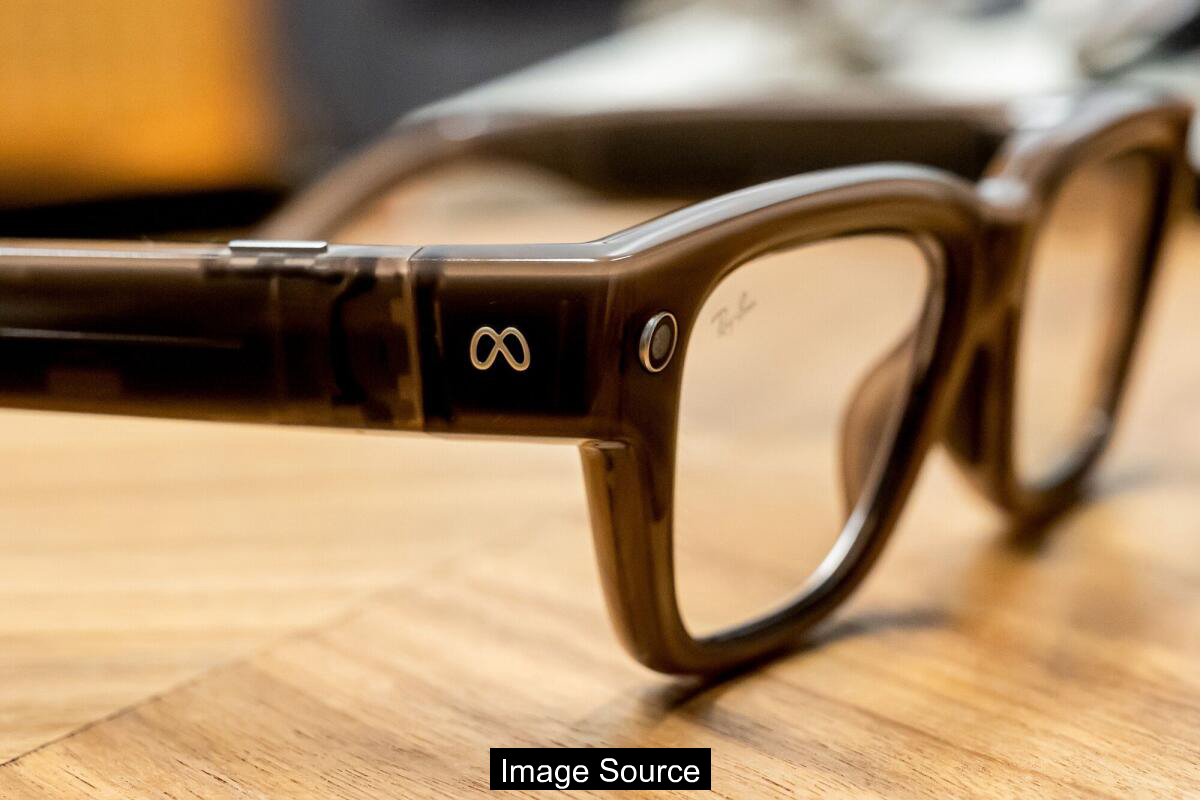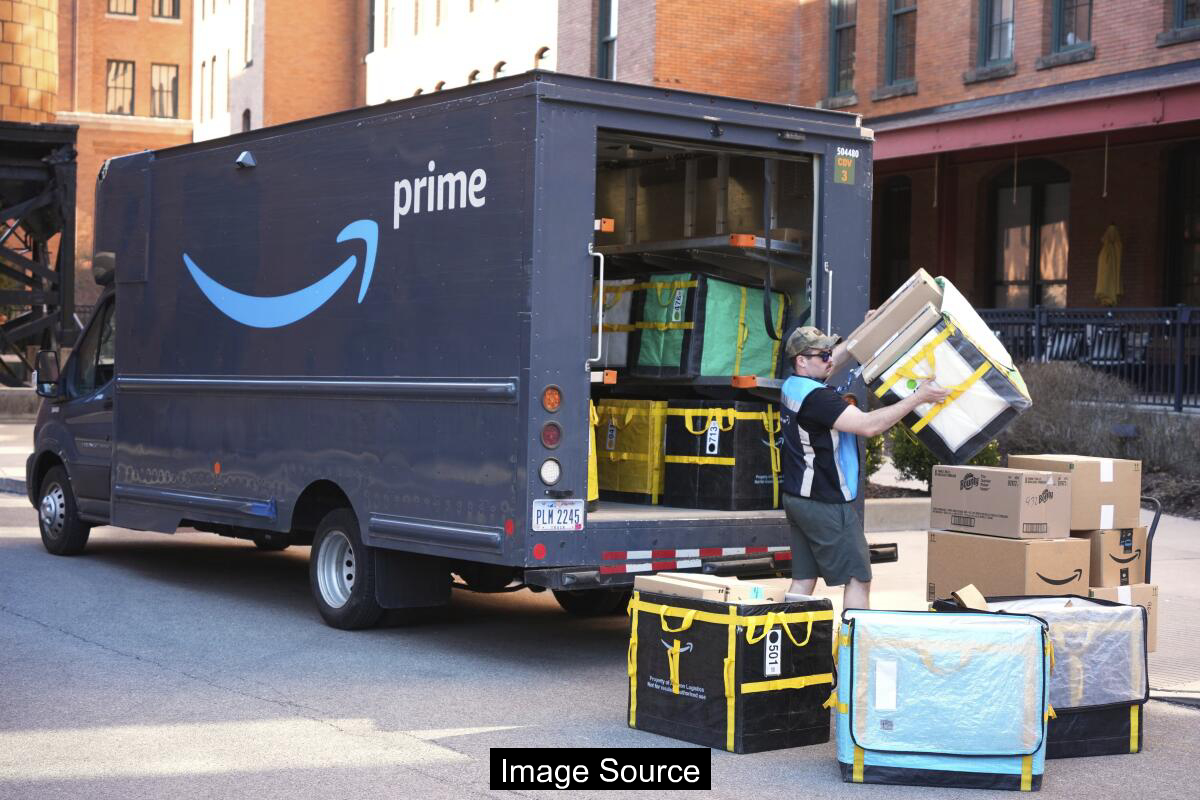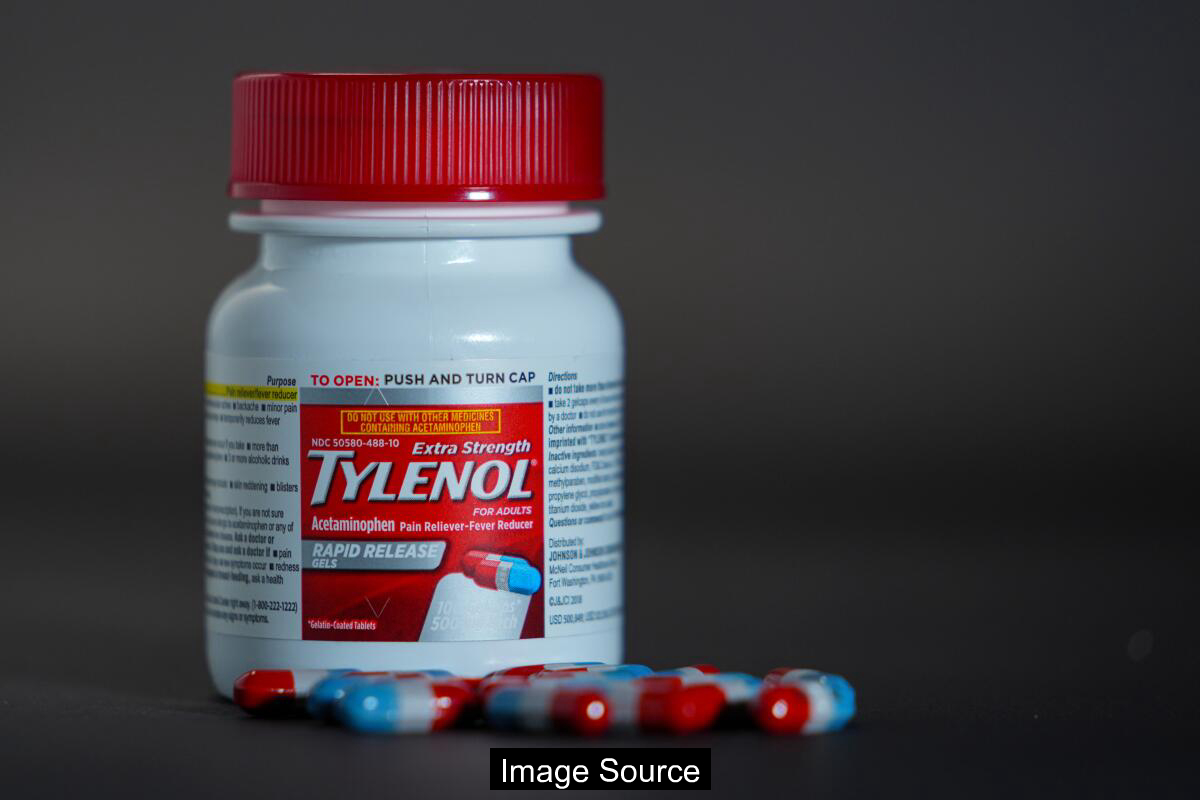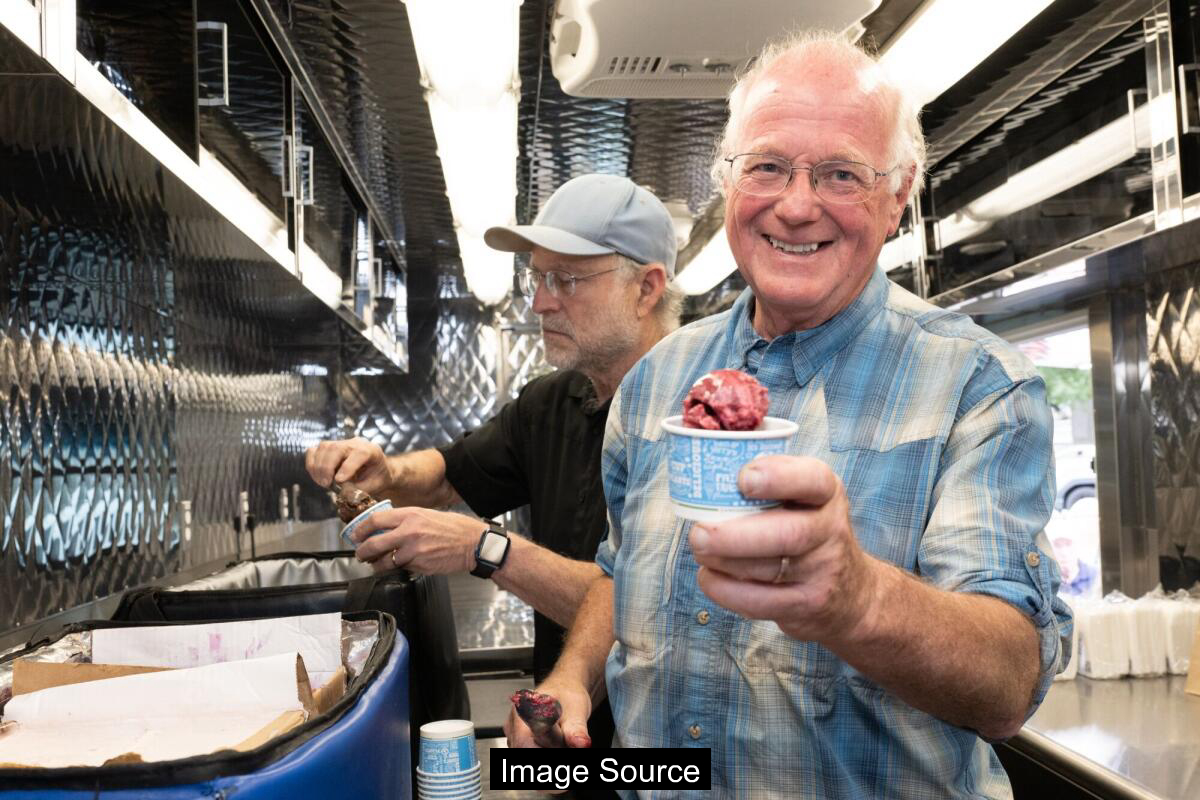Apple has temporarily halted development of a potential Vision Pro redesign as it accelerates efforts to compete in the emerging augmented reality glasses market. The technology giant is […]
AI ‘Vibe-Coding’ Sparks Debate Over Tech Job Future and Risks
A novel artificial intelligence technique dubbed ‘vibe-coding’ has emerged, raising significant questions about the potential displacement of human workers in technology sectors. The method, which uses advanced machine […]
Spotify Purges Millions of Low-Quality AI Music Tracks from Platform
Spotify has taken decisive action against the proliferation of AI-generated music tracks that do not meet its quality standards. The streaming platform removed millions of tracks created by […]
US Economy Grows Faster Than Expected in Fourth Quarter
The United States economy demonstrated unexpected resilience in the final months of 2023, with gross domestic product expanding at a robust pace. Preliminary data from the Bureau of […]
Amazon Agrees to $2.5 Billion Settlement Over Prime Customer Deception
The e-commerce giant Amazon has reached a substantial legal settlement following allegations of misleading Prime membership practices. The $2.5 billion agreement resolves long-standing complaints about the company’s subscription […]
Tylenol Brand Faces Renewed Scrutiny Amid Trump’s Latest Controversial Statements
Johnson & Johnson’s Tylenol brand has encountered fresh challenges following recent public comments by former President Donald Trump that have reignited discussions about the medication’s safety and marketing […]
Port of L.A. Bridge Project Sparks Local Community Controversy
The proposed bridge expansion at the Port of Los Angeles has ignited heated debate among local residents and environmental groups concerned about potential disruptions to the surrounding neighborhood. […]
Ben & Jerry’s Co-Founder Jerry Greenfield Criticizes Company’s Stance on Israel
Ben & Jerry’s co-founder Jerry Greenfield has publicly challenged his own company’s position regarding the Israeli-Palestinian conflict, breaking ranks with the corporate leadership. His criticism comes after the […]
Reddit Explores Closer AI Partnership with Google
Reddit is reportedly in advanced discussions with Google about a potential AI data licensing agreement that could significantly impact the social media platform’s future revenue and technological capabilities. […]
Wall Street Wavers as Investors Await Federal Reserve’s Rate Cut Roadmap
U.S. stock markets experienced mixed trading patterns on Wednesday as investors closely monitored signals about potential interest rate adjustments. The financial sector remained tense ahead of the Federal […]









